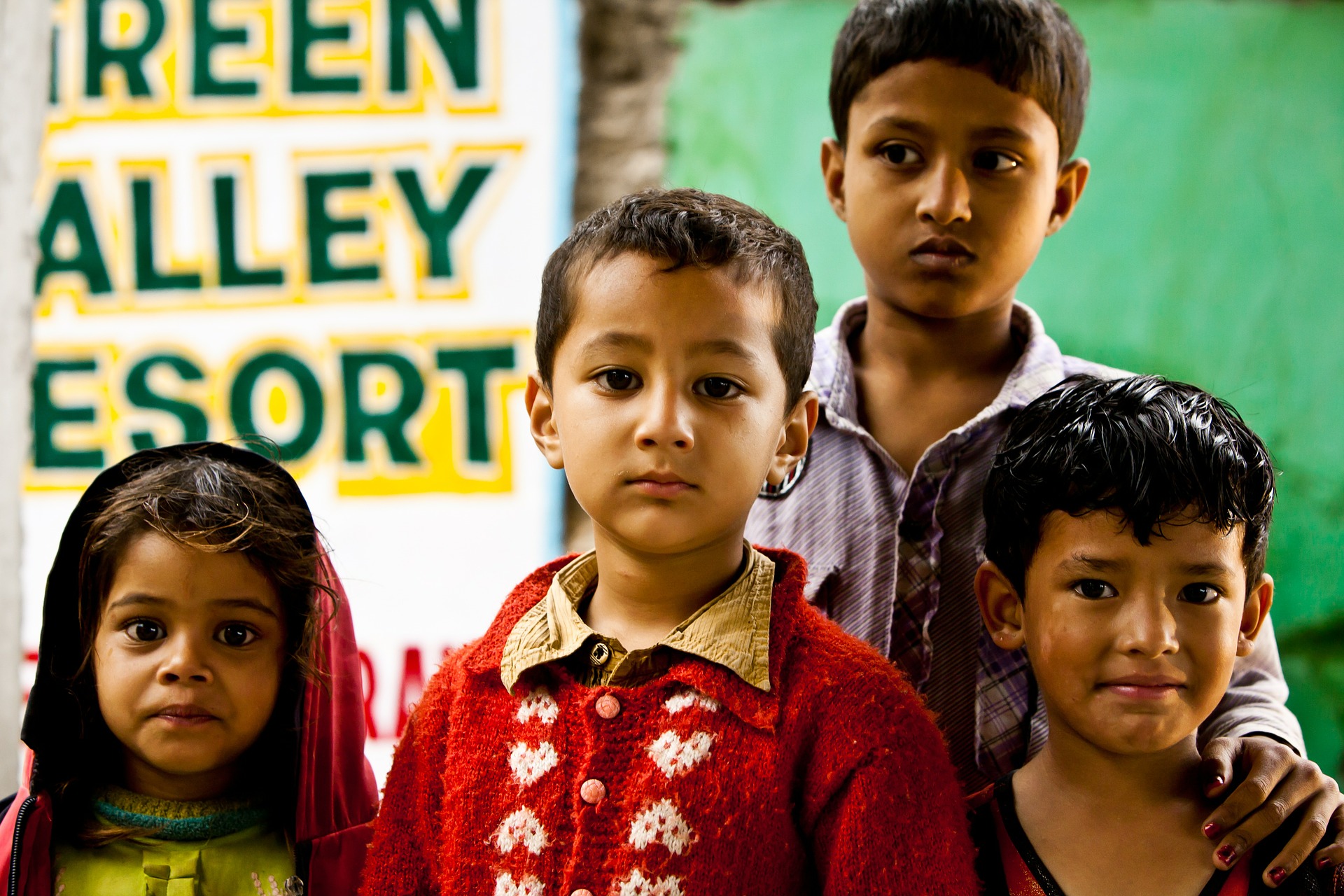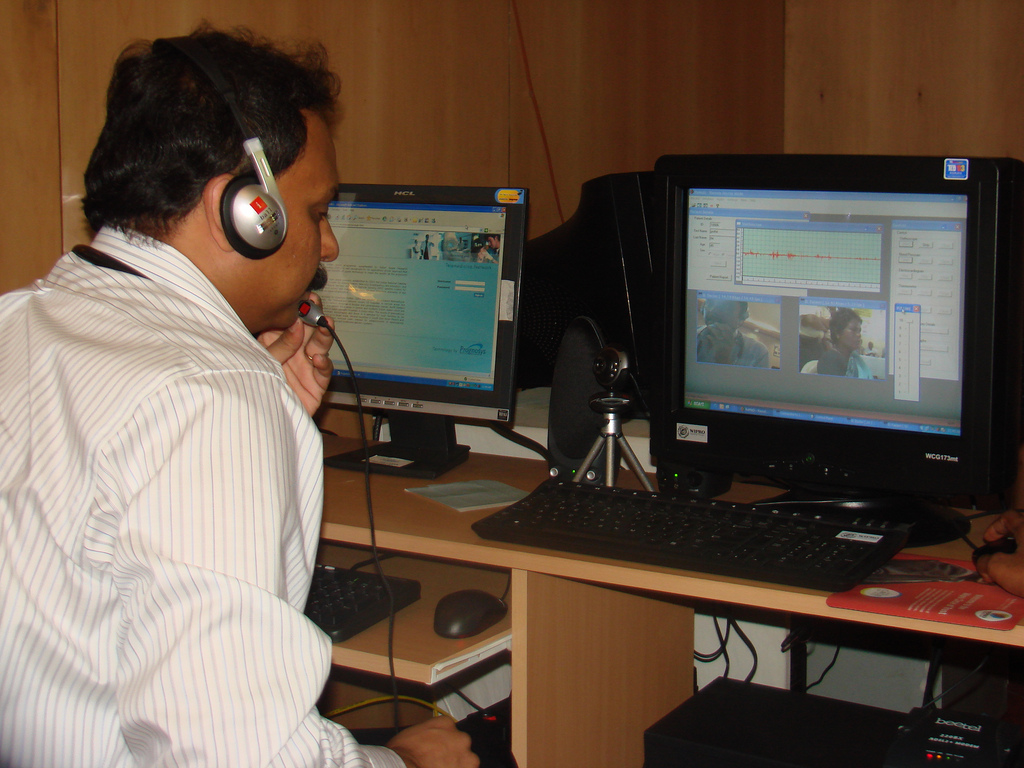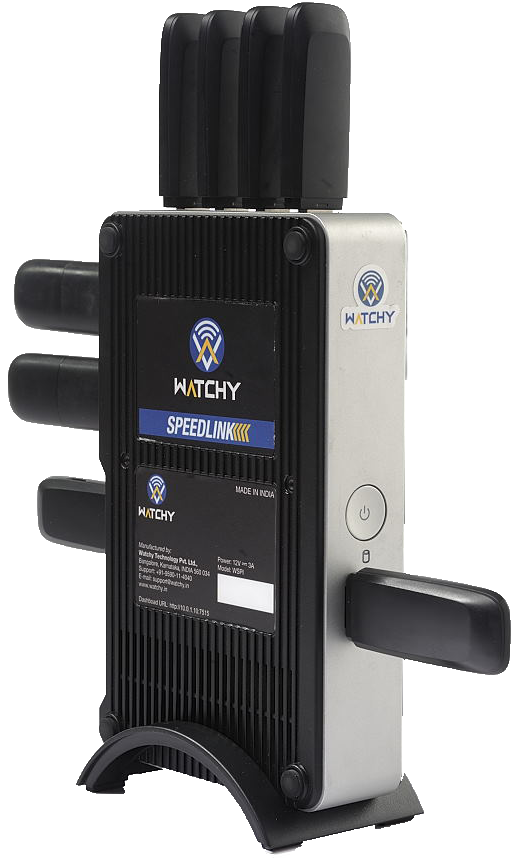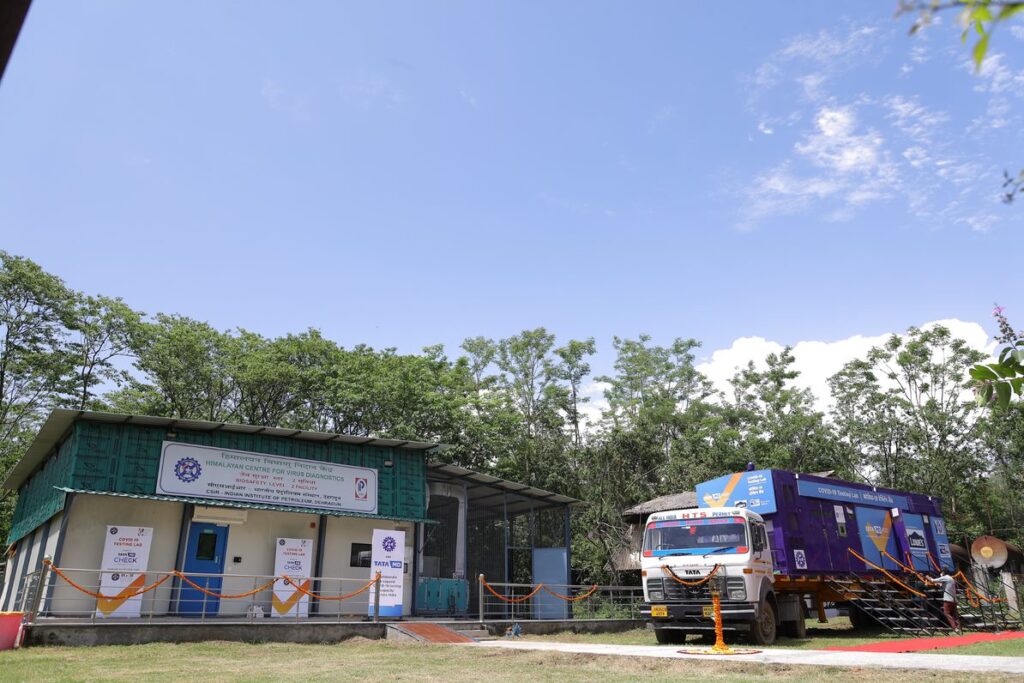
Rural Indian Children Heath Care
India’s healthcare system ranked at a dismal 112 out 190 countries in a survey conducted by the World Health Organization. Lack of proper fund allocation is one of the primary reasons for such a dismal ranking, India allocates only 4% of its GDP for health care, whereas countries like the USA allocate almost 18%. In a country of 1.2 billion plus people about 600 million people have little or no access to a healthcare practitioner. India has only one doctor for every 1,425 people. It is a matter of grave concern that our country with ambitions of becoming superpower in the coming future the rate of infant mortality is about 3 times that of china and 7 times that of the USA.
Such dismal rankings in the health care index primarily due to inaccessibility to even basic healthcare. Most people living in rural communities have to travel significant distance to get medical aid and most times chose not to do so for fear of missing out on out on their daily wage. It is to be noted that almost 60% of India’s population lives on less than 3$ a day.
When taking into barriers such as accessibility and cost of healthcare into consideration, telemedicine emerges as the likely hero that Indian health care delivery system needs.
When taking into barriers such as accessibility and cost of healthcare into consideration, telemedicine emerges as the likely hero that Indian health care delivery system needs.
The idea of telemedicine is simple and elegant at best. The doctor and patient however far they are from each other connect via a video conferencing solution. The doctor from his location interacts and diagnoses his patient and provides the necessary guidance or prescription as the case may require.

In spite of holding so much promise, telemedicine has apparently not taken off in a large way in India.
Why Telemedicine has not taken off in India?
The reasons are lack of reliable satellite connections, slow or nonexistent broadband connections and insufficiency of formal training to health care providers.
Training programs can be set up and executed fast by bringing public and private entities together, such is not the hope in case of connectivity. Out of India’s population of 1.2 billion people, 330 million users have access to the internet out of which 200 million people have access to the very slow internet (speed < 512kbps), and 130 million have access to broadband speeds and that leaves a staggering 800 million people with no internet connection.
So rural connectivity becomes the major bottleneck in preventing implementation of telemedicine facility. We propose our solution ZifiLink – A multi-network aggregator will help overcome this hurdle.
ZifiLink can connect up to 8 different dongles and provide their combined bandwidth. So by placing ZifiLink in a poor network location with the combined speeds of all existing networks can be made available to the telemedicine hub. Thus bringing connectivity to far-flung regions of this vast and beautiful country.

Watchy Technology
Remote monitoring of patients will make available with quality healthcare to people who never had access to such facilities in the first place and may make a huge difference in saving someone’s life and in the end makes the world a safer and better place.


About The Author: Udaya Prakash
More posts by Udaya Prakash